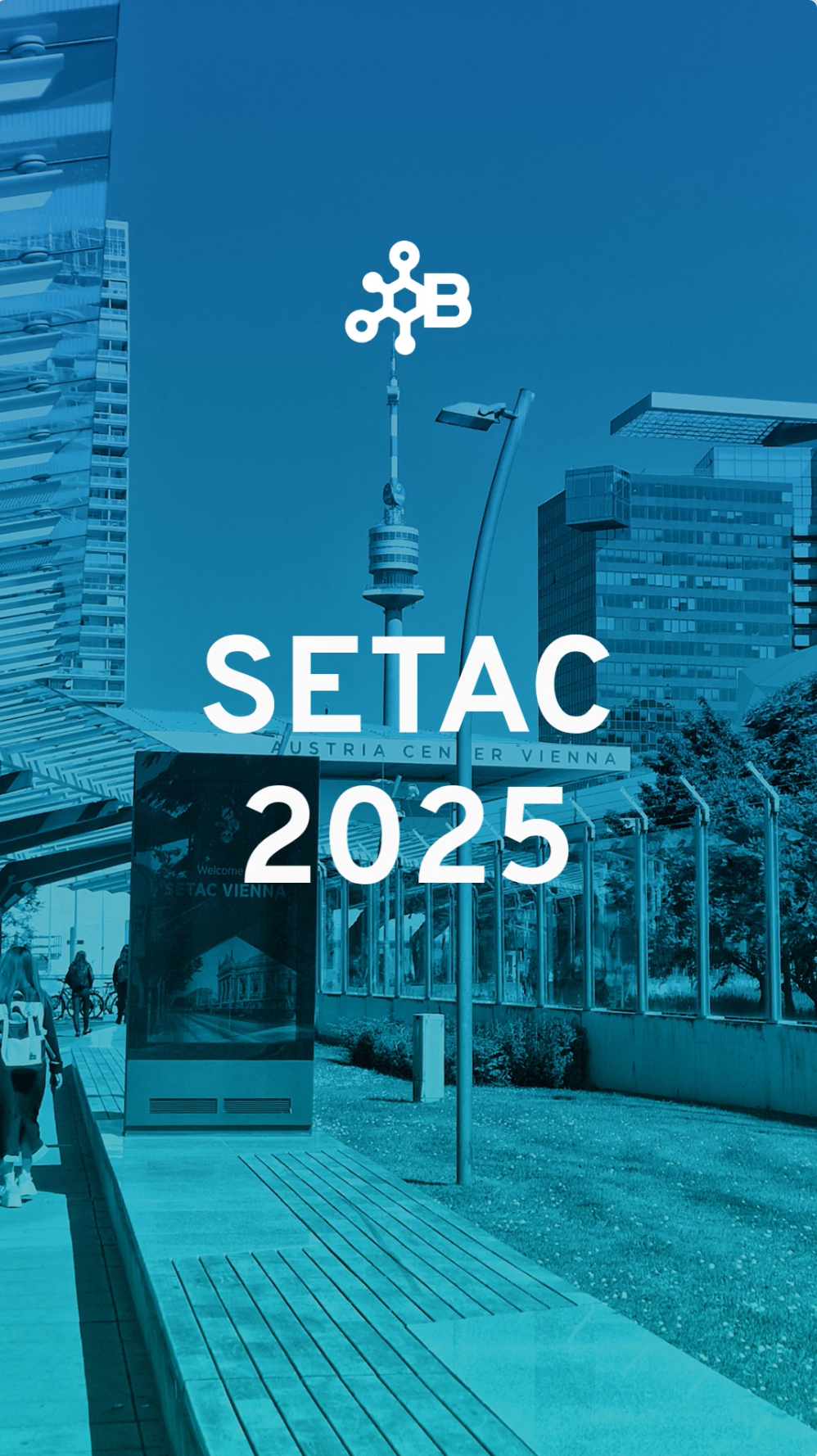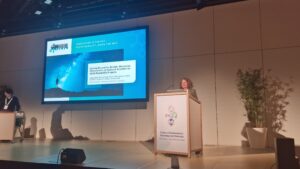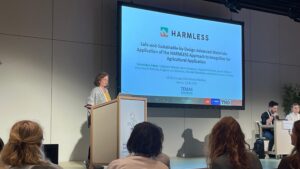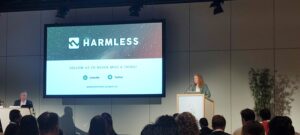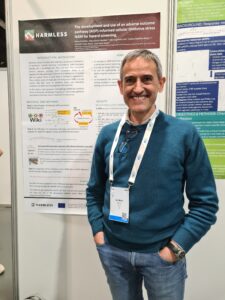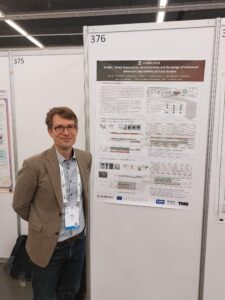
HARMLESS @ SETAC 2025
From 11-15 May 2025 took place the SETAC 2025, the 35th Annual Meeting of the Society of Environmental Toxicology and Chemistry in Europe, at the Austria Center in Vienna.
Under the overarching theme “Innovation for Tomorrow: Progress in Safe and Sustainable Concepts”, the conference emphasized the need for integration of cutting-edge innovations with safety and sustainability considerations, through implementation and expansion of the Safe and Sustainable by Design (SSbD) thinking, as well as it application beyond the development of new molecules and products (e.g., also to cities, land use and landscapes). The conference attracted roughly 3000 people to the capital of Austria, from many various stakeholder groups, i.e., academia, industry, innovators, EU institutions, national authorities, etc.
Several PLANETS partners participated in the conference (TNO, TEMASOL, BASF, BNN, INEA-CSID) and spread the word about HARMLESS in their three oral and two poster presentations:
On Monday May 12th, José María Navas (INIA-CSIC) had a poster presentation in session 1.07 “Advancing the Environmental Safety Assessment of Chemicals through New Approach Methodologies (NAMs): From Early Development to Practical Applications” entitled “The development and use of an adverse outcome pathway (AOP)-informed cellular Oxidative stress NAM for hazard screening”.
On Tuesday May 13th, Veronique Adam from TEMASOL gave a presentation on “Safe-and-Sustainable-by-Design Advanced Materials: Application of the HARMLESS Approach to Imogolites for Agricultural Application” in session 6.05 “Implementing Holistic SSbD Approaches to Chemicals and Materials: What Do Academia, Industry, Regulators and Policymakers Propose?”. Veronique presented how the HARMLESS SSbD Decision Support System (DSS) was applied to the case study of modified imogolites used for agricultural applications. She highlighted that results at Ideation and Business case phase show that the Cu-imo-CH3 version raises most concern, as Cu is a toxic component and a critical raw material, and this imogolite version raises more flags regarding exposure through inhalation. Imo-OH and imo-CH3 are further differentiated at lab phase using ASDI, with imo-CH3 showing the highest potential to be taken to pilot phase. ASDI also shows the benefits of developing functionalised imogolites on SDG 2, 12 and 14. By weighting information across several aspects of SSbD, the HARMLESS DSS results enable decision making by the material developer, influencing their design at early innovation stages.
On Wednesday May 14th, Hedwig Braakhuis (TNO), on behalf of Susan Dekkers, gave an oral presentation “Decision Support System for SSbD of Advanced Nanomaterials” in session 6.04 “Methods and Tools Enabling Safe and Sustainable by Design (SSbD) Strategies”. She gave a talk on the HARMLESS decision support system that consists of easy-to-use tools for designing multi-component nanomaterials that are safe and sustainable: AMEA, WASP and ASDI. The tools fit the innovation process, starting at TRL1 using AMEA by providing practical design advice based on the data available in the ideation and scoping phase. WASP helps identify alerts and ASDI helps collect and compare relevant data allowing decision making for SSbD.
On Thursday May 15th:
- Wendel Wohlleben (BASF) had a poster in session 6.1. “” on “Design, Tiered Assessment, Benchmarking and Re-design of Advanced Materials: Two HARMLESS Case Studies”. In his poster, Wendel presented the final results for two of the four case studies, implemented in the harmless DSS, including testing advice, redesign advice and final comparison of all AdMa versions and their reference materials.
- Caitlin Ahern, from BNN, turned the focus to communication in session 6.06 “Communication for Tomorrow: From Experimental Design Towards Societal Impact” with her oral presentation. Under the title “Getting Beyond the Bubble: Measuring Effectiveness of Outreach Activities for SSbD-Related EU Projects”, Caitlin assessed social media activities to reach out to a wider community, presenting HARMLESS as an example of successful practices.
Below some impressions of the SETAC25 including a video!




